The inspirations and concerns informing this year’s historical mysteries and thrillers may be grim, but the fiction crafted to explore them is luminous. The 1920s continue to loom large, as do their preoccupations with inequality, excess, and grief (including a great number of novels featuring seances and spiritualists, peaking post-Pandemic as a way to access historical methods of reaching loved ones as both comforting and deceitful). You’ll find multiple titles on this list split between the past and the present, or the further recesses of history spliced together with the more recent past, emphasizing that historical tales are, like all culture, an ongoing conversation of interpretation and resonance.

Shannon Chakraborty, The Adventures of Amina Al-Sirafi
(Harper Voyager)
Setting: Golden Age of Islam/Medieval Era Indian Ocean
In this swashbuckling, fantastical adventure, set during the Golden Age of Islam, a fierce warrior and former pirate is brought out of retirement by a stubborn mother determined to free her daughter from a terrible captivity. Amina Al-Sirafi cannot refuse her, and also, is rather bored, so she sails off into the Indian Ocean to fight for justice, freedom, and one last chance of glory. A vividly imagined and wonderfully scripted tale that pays homage both to real historical events and the many legends and myths whose embellishments make life worth living.

Katherine Howe, A True Account: Hannah Masury’s Sojourn Amongst the Pyrates, Written by Herself
(Henry Holt)
Setting: Late 18th Century, Boston and the Caribbean, 1920s Boston and Florida
There is no one I trust more with historical fiction than Katherine Howe, whose work always manages to capture not only the prosaic details of the past, but the lived experience of it. Howe, a lifelong sailor and an official Expert on Piracy, is particularly well-suited to telling this swashbuckling story of a young woman who disguises herself as a boy and joins the ragtag crew of a fierce gang of pirates as they search for treasure in a perfectly plotted continuation of Treasure Island. Interspersed between the pirate’s adventures (and affecting queer love story) is the story of a bored researcher in the 1920s who, together with her flapper gamine of an undergrad, head for the Florida Keys seeking the fortunes promised in the worn pages of the pirate’s memoir. Howe will continue to regale us with these colorful criminals in the Penguin Book of Pirates, to be released in the new year.

Laura Shepherd-Robinson, The Square of Sevens
(Atria)
Setting: 18th Century England
In this lush gothic, a young girl who knows the art of predicting fortunes becomes ward to a kind intellectual, who raises her in safety and anonymity in 18th-century Bath. As she grows into a poised young woman, she finds herself increasingly curious about her fairy-tale origins, in which her fortune-teller father ran away with her aristocratic mother. When a chance comes to know more of her history, she takes it, even as a larger conspiracy threatens her found family.
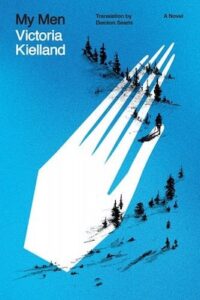
Victoria Kielland, My Men
Translated by Damion Searls
(Astra House)
Setting: Norway and the United States, late 19th Century
Nasty, brutal, and short, Victoria Kielland’s My Men features Norwegian-American lonely hearts killer Belle Gunness, who lured widowers and their children to her farm with the promise of care and inheritable land, then slaughtered both her lovers and their families. The novel frames Gunness’ murderous quest as an almost-inevitable perversion of the American Dream. Kielland’s lyrical, abstract, and visceral prose, capably translated by Damion Searls, has won acclaim in her native Norway and is a beguiling match to her terrifying subject matter.
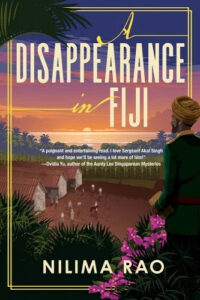
Nilima Rao, A Disappearance in Fiji
(Soho)
Setting: Fiji, 1914
Nilima Rao’s debut introduces my favorite new detective this year, Akal Singh, who has been banished to the colonial outpost of Fiji after an incident derailed his police career back in Hong Kong. He’s the only Indian detective on the force, and his Sikh religion and middle-class upbringing initially keep him from seeing common cause with the other Indians on the island, brought to Fiji to work the sugar cane as indentured servants and hopefully escape the depths of poverty. When Akal is assigned the case of a missing worker on a plantation, he’s at first inclined to believe that she just ran away, but as he learns more details and sees the harsh conditions under which she labored, he quickly begins to suspect foul play is afoot. A Disappearance in Fiji is that rare and perfect combination of historical detail, social criticism, engaging character portraits, and a carefully plotted mystery with no loose ends. A great start to what will hopefully become a long-running series.
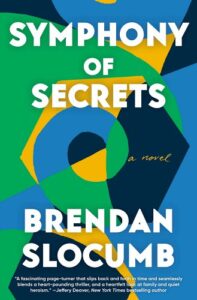
Brendan Slocumb, Symphony of Secrets
(Anchor)
Setting: New York City, 1920s
Brendan Slocumb burst onto the scene with the brilliant literary mystery The Violin Conspiracy, and his follow-up is just as good. Split between the present day and 1918, the story slowly reveals how a renowned composer may have stolen all that made his music great from the autistic Black woman who was once his best friend. Like Slocumb’s debut, Symphony of Secrets uses the framework of classic detective fiction to tell a larger story of cultural appropriation and how our unequal society determines who gets to reap the benefits of talent and produce art.
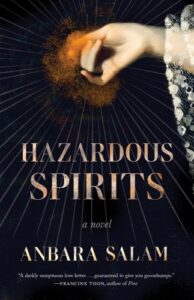
Anbara Salam, Hazardous Spirits
(Tin House)
Setting: 1920s England
In this fascinating portrait of spiritualism, identity, and doubt, a young wife becomes concerned with her husband develops a focused interest in becoming a spiritual medium. Is he a fraud? Does he believe his own words? Can they preserve their place in societal hierarchy with his new-found love of a looked-down-upon profession? And how far will her love carry her along in his journey? Salam has an incredible grasp on historical details, attitudes, and mores, for a carefully wrought and emotionally compelling read. The short length of the novel belies its complexity and depth, and I hope Anbara Salam continues to craft historical novels for a long time to come.
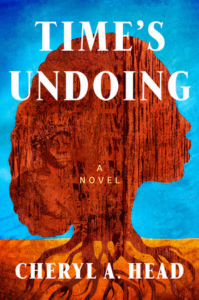
Cheryl Head, Time’s Undoing
(Dutton)
Setting: Alabama, 1920s and 2010s
Cheryl Head turned to her own grandfather’s murder for the inspiration behind this timely tale of injustice and protest. Time’s Undoing is split between two time periods—the 1920s, when the narrator’s grandfather is murdered by a police officer in Birmingham, and the 2010s, when the narrator heads to Alabama on a journalistic assignment to connect what happened to her grandfather to ongoing issues with racist policing. She quickly finds herself up against those who would rather the truth be buried, but finds unlikely allies ready to help her fight for the truth, no matter its implications.
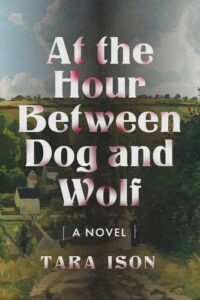
Tara Ison, At the Hour Between Dog and Wolf
(IG Publishing)
Setting: WWII France
In one of those amazing life twists that feels as bizarre as it is inspiring, Tara Ison, the writer of the cult hit Don’t Tell Mom The Babysitter’s Dead has crafted one of the best tales of collaboration ever written. In Between the Hour of Dog and Wolf, Tara Ison takes us into the mind of an adolescent Jewish girl being hidden with a French family during WWII. She spends so much time pretending to align with the ideals of the occupiers that she finds herself beginning to agree with them, in what reads as a Jewish version of Lacombe, Lucien. Perhaps it’s not such a twist—both book and film are about the ways we assume new roles when necessary to survival, whether that’s taking a job as a fashion consultant to feed siblings and putting on a batshit fashion show (a la Babysitter) or pretending to be a fascist to to protect from others knowing that you are Jewish. Okay, maybe that last comparison is a bit of a stretch, but still, everyone should read this book and also everyone should should rewatch that movie.
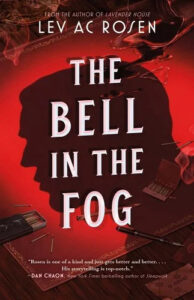
Lev AC Rosen, The Bell in the Fog
(Forge)
Setting: Los Angeles, 1950s
Lev Rosen’s Lavender House perfectly captured its 1950s setting while bringing queer stories to the fore. It also introduced a detective I’d follow through any number of books, Evander (Andy) Mills, so it’s great to see the private dick return for a new foray into the shadows of a repressed, but vibrant, era. In The Bell in the Fog, Rosen’s detective has set up shop above a gay bar offering investigative services to the queer community when he receives a visit from an old flame from the Navy. The ex is being blackmailed, and the further Andy digs, the more dangerous his sleuthing becomes.

















